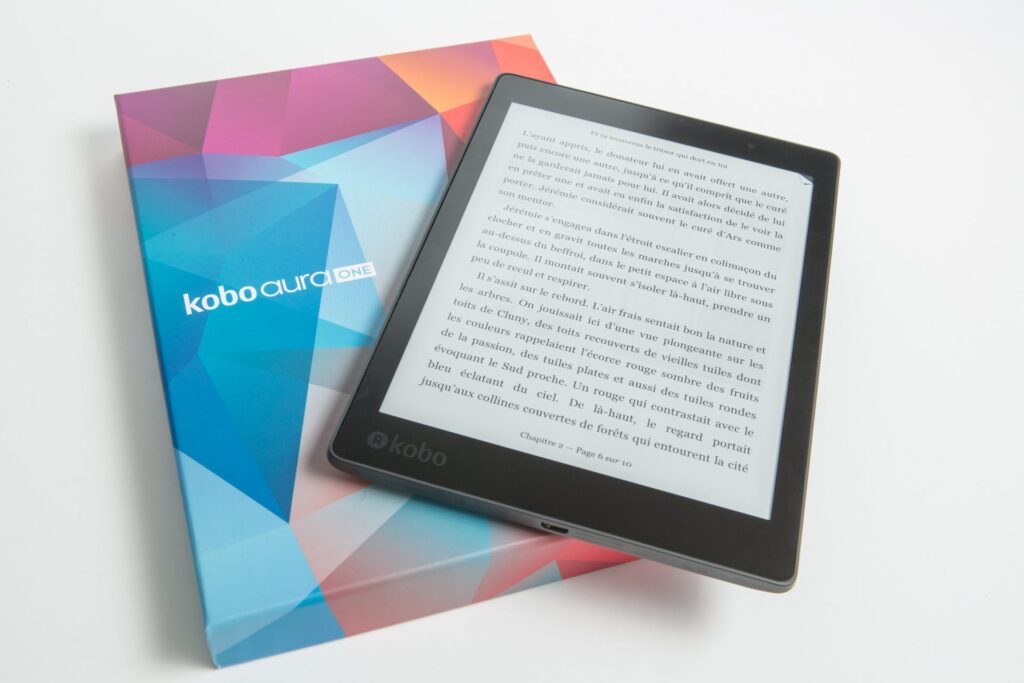If you’ve ever considered writing an ebook but didn’t know where to start, you’re in the right place. In this beginner’s guide, we’ll walk you through the essential steps and tips write an ebook. Whether you’re a seasoned writer or a complete novice, the information in this guide will help you create a captivating ebook that engages readers from start to finish.
Key Takeaways:
- Writing an ebook can seem daunting, but with proper planning and organization, you can successfully create your first ebook.
- Choosing a target audience and outlining your ebook are essential preliminary steps to writing an engaging book.
- Compelling content includes engaging introductions, cohesive narratives, and relevant research and examples.
- Structuring and formatting your ebook is crucial for reader engagement and can be achieved through chapters, sections, and appropriate formatting.
- Editing and proofreading are essential steps to ensuring your ebook is polished and error-free.

Getting Started To Write An Ebook
Are you ready to start writing your first e-book? Before diving into the writing process, it’s crucial to take the time to establish a solid foundation. Here are the steps to get you started:
- Step 1: Brainstorming Ideas
- Before writing your e-book, take the time to brainstorm possible topics. Consider your interests, expertise, and the interests and needs of your target audience.
- Step 2: Choosing a Target Audience
- It’s crucial to have a defined target audience for your e-book. Think about who your e-book will benefit the most and tailor your writing to meet their needs and interests.
- Step 3: Outlining Your Ebook
- Outlining your e-book is an essential step in the writing process. Take the time to organize your thoughts and ideas, and create a detailed outline to guide your writing. This will help ensure that your e-book is structured and cohesive.
By taking the time to brainstorm ideas, choosing a target audience, and outlining your e-book, you will set yourself up for success in the writing process. Remember, writing an e-book is an exciting opportunity to share your expertise and insights with the world.
Crafting Compelling Content
Congratulations on making it to this section! Now that you’ve laid the foundation for your ebook, let’s turn our attention to crafting the content that will keep your readers engaged and wanting more. Here are some beginner-friendly e-book advice and simple e-book writing tips to help you create compelling content:
- Engage your readers from the start:
- A captivating introduction sets the stage for the rest of your ebook. Consider starting with a surprising fact, an intriguing question, a personal anecdote, or a compelling quote. This will hook your readers and make them want to keep reading.
- Develop strong characters or concepts:
- Your ebook will come to life through memorable and relatable characters or concepts. Think about what will resonate with your target audience and how you can flesh out your characters or concepts with depth and complexity.
- Create a cohesive narrative:
- Your ebook should have a clear and engaging storyline that pulls the reader along. Make sure your narrative is cohesive, easy to follow, and flows well from chapter to chapter.
- Incorporate relevant research or examples:
- Back up your claims with credible research and examples. This will add depth and authority to your writing and help to build trust with your readers.
Remember, simple writing tips to write an ebook can be the difference between a generic ebook and a fascinating one. Use these tactics to bring your ebook to life and keep your readers engaged from start to finish.

Structuring and Formatting Your Ebook
When it comes to ebook writing basics, learning how to structure and format your work is essential. By implementing the best practices for structuring and formatting your ebook, you can create a visually appealing and easy-to-navigate reading experience for your audience.
Importance of Chapters, Sections, and Subheadings
Organizing your ebook into chapters, sections, and subheadings helps readers comprehend and identify the main ideas and concepts of your work.
These sections break up your ebook into manageable portions, making it easier for readers to engage with and navigate throughout. Be sure to use headers and sub-headers judiciously, ensuring that each section is focused and on-topic.
Best Formatting Tips To Write An Ebook Well
When formatting your ebook, consistency is key. Use a consistent font style and size throughout the text and make sure it’s easy to read. Paragraph spacing should be consistent and structured to create a visually pleasing look. Images should be high-quality and used sparingly to enhance your content without overwhelming it.
Different File Formats and Publishing Platforms
Once you’ve finished writing and formatting your ebook, it’s time to publish it. Different file formats, such as PDF, HTML, and ePub, offer different features and advantages for publishing your ebook. Additionally, various publishing platforms like Amazon Kindle or Barnes & Noble may have different requirements for uploading and publishing your ebook. Be sure to research the options and choose the best ones for your specific needs.
Formatting your ebook is a crucial step towards creating a polished and professional final product. So, don’t overlook it!
Editing and Proofreading Your Ebook
After you’ve written your ebook, it’s essential to dedicate time to editing and proofreading. This step ensures your work is polished and error-free, creating a great impression on your readers. Here are some essential steps for editing and proofreading your ebook:
- Take Time Away from Your Work
- Once you’ve finished writing your ebook, take a break. Time away from your manuscript can help you approach it with fresh eyes and a new perspective. It’s easier to spot areas that need improvement when your mind isn’t preoccupied with the details.
- Revise for Clarity and Coherence
- In this stage, focus on the clarity and coherence of your writing. Ensure that your sentences are smooth and easy to understand. Eliminate any repetition and redundancy. Use transition words and phrases to connect your paragraphs smoothly.
- Use Editing Tools
- Editing tools like Grammarly and Hemingway can make your editing and proofreading process more efficient. They check your grammar and spelling and offer suggestions to improve your writing. They can be especially useful if you’re not an experienced writer.
- Check for Grammar and Spelling Mistakes
- Even if you’ve used editing tools, it’s essential to go through your text once more manually. Look out for grammar mistakes, punctuation errors, and spelling mistakes. Ensure that your capitalization and hyphenation are consistent throughout your work.
- Get a Second Opinion
- Finally, before publishing your ebook, consider getting a second opinion. You can use beta readers or hire an editor to review your work. They can catch mistakes that you may have missed and provide valuable feedback on your writing.
By following these essential e-book writing steps, you’ve edited and proofread your ebook thoroughly. In the next section, we’ll discuss how to structure and format your ebook adequately.
Conclusion
Congratulations! You have reached the end of this beginner’s guide on how to write an ebook. By following the steps and tips outlined in this guide, you have the knowledge and guidance necessary to create a compelling and engaging ebook for your readers.
Remember, writing an ebook takes time, dedication, and patience. It’s important to stay focused and allow your creativity to flow. Don’t be afraid to revise and edit your work until it is polished and error-free.
With your ebook now complete, you may choose to explore different file formats and platforms for publishing. Keep in mind the importance of a well-structured and visually appealing ebook to engage your readers.
Thank you for reading, and happy writing!



